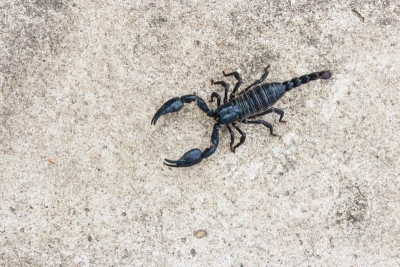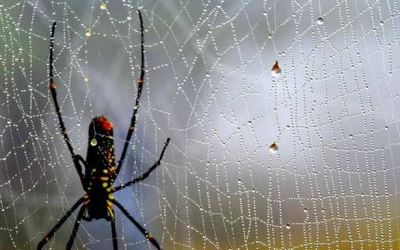What is arachnida?

Arachnida is a class of joint-legged invertebrates with segmented bodies, tough exoskeletons, and joint appendages. Arachnida includes orders containing spiders (the largest order), scorpions, ticks, mites, harvestmen, and solifuges.
Almost all adult arachnids have eight legs, unlike adult insects which all have six legs. However, arachnids also have two further pairs of appendages that have become adapted for feeding, defense, and sensory perception. The first pair, the chelicerae, serve in feeding and defense. The next pair of appendages, the pedipalps, have been adapted for feeding, locomotion, and/or reproductive functions. In Solifugae, the palps are quite leg-like, so that these animals appear to have ten legs. The larvae of mites and Ricinulei have only six legs; a fourth pair usually appears when they moult into nymphs. However, mites are variable: as well as eight, there are adult mites with six or even four legs.
Like all arthropods, arachnids have an exoskeleton, and they also have an internal structure of cartilage-like tissue, called the endosternite, to which certain muscle groups are attached. The endosternite is even calcified in some Opiliones.
Picture Credit : Google
